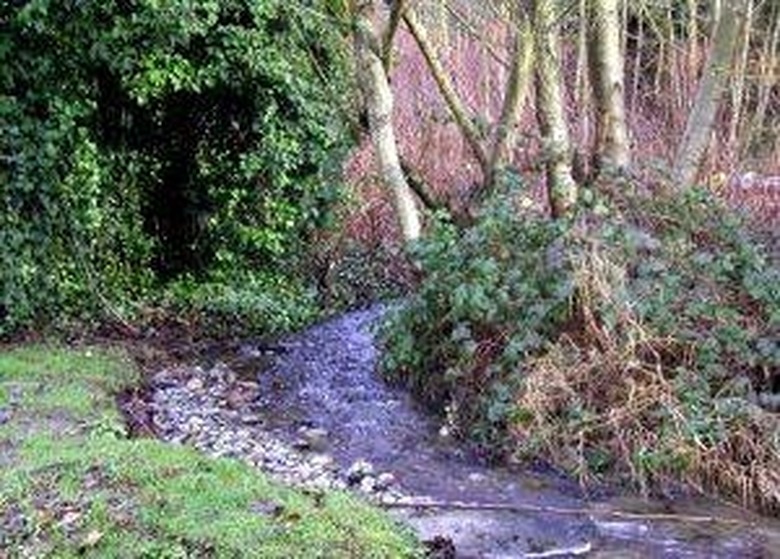How To Remove Brush
Things Needed
- Can of spray paint
- Gloves
- Chainsaw
- Branch loppers
- Root rake
- Stump grinder
- Brush-killing chemicals
Brush removal can be a very difficult task when taken on without much machinery. However, employ the big brush cutting, removing and mulching machines and they make it look like kids play. Do-it-yourselfers will try pulling, cutting and sometimes even controlled burns to get rid of the unsightly looking landscape. The problem with most removals are the roots are not eradicated and the brush eventually returns.
Step 1
Mark any bushes or small trees that you would like to keep in your yard with a quick spray of spray paint. Check to see if there are any animal homes inside the brush or on branches that you can easily see and relocate the critters if possible.
Step 2
Put on heavy gardening gloves to protect your hands from being cut by vines or stickers. Wear long-sleeved shirts and long pants to prevent poison ivy or oak from coming in contact with your skin.
- Brush removal can be a very difficult task when taken on without much machinery.
- Check to see if there are any animal homes inside the brush or on branches that you can easily see and relocate the critters if possible.
Step 3
Use branch loppers to cut vines and some of the branches off the larger brush. This way you can pull the vines off the trees that you want to keep and get to the trunks of the larger brush to cut them down.
Step 4
Cut down some of the larger brush with a chain saw. Rent or hire someone with a root rake to take out as much of the brush as possible. This will pull out roots and all, preventing the brush from growing back.
Step 5
Grind up the stumps that are left with a stump grinder. This can give you some nice mulch in your yard and prevent most trees from growing back up. Use a brush-killing chemical in places that you couldn't get all of the roots. Try to use as little chemical as possible, as it can remain in the soil making it hard for you to grow something there that you want to grow later.
- Use branch loppers to cut vines and some of the branches off the larger brush.
